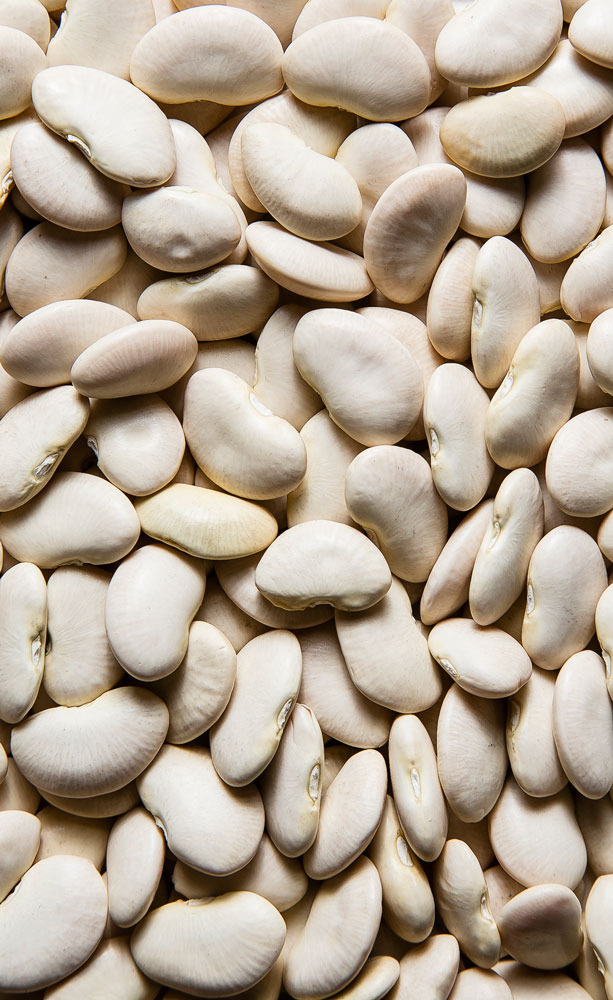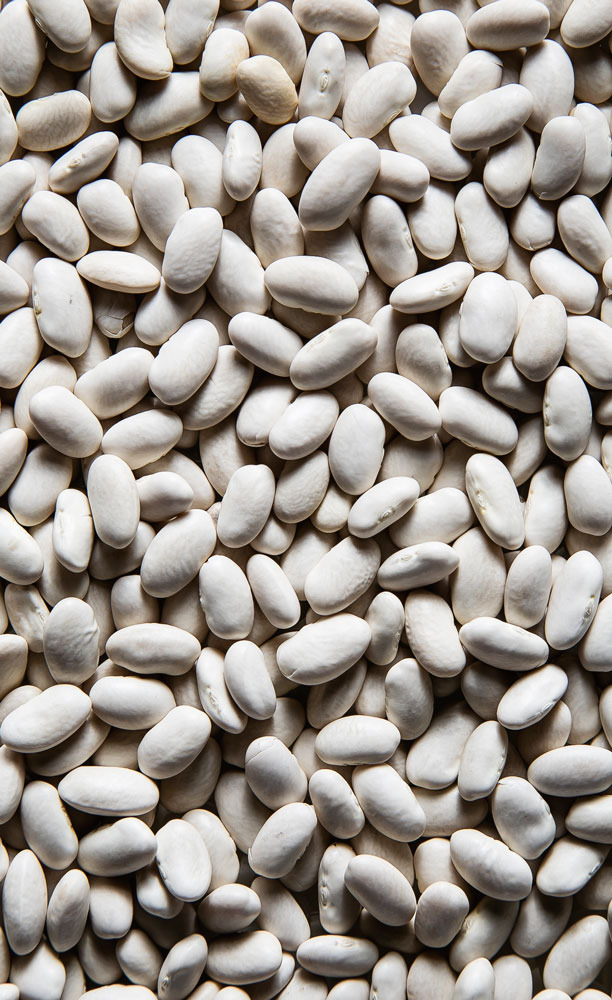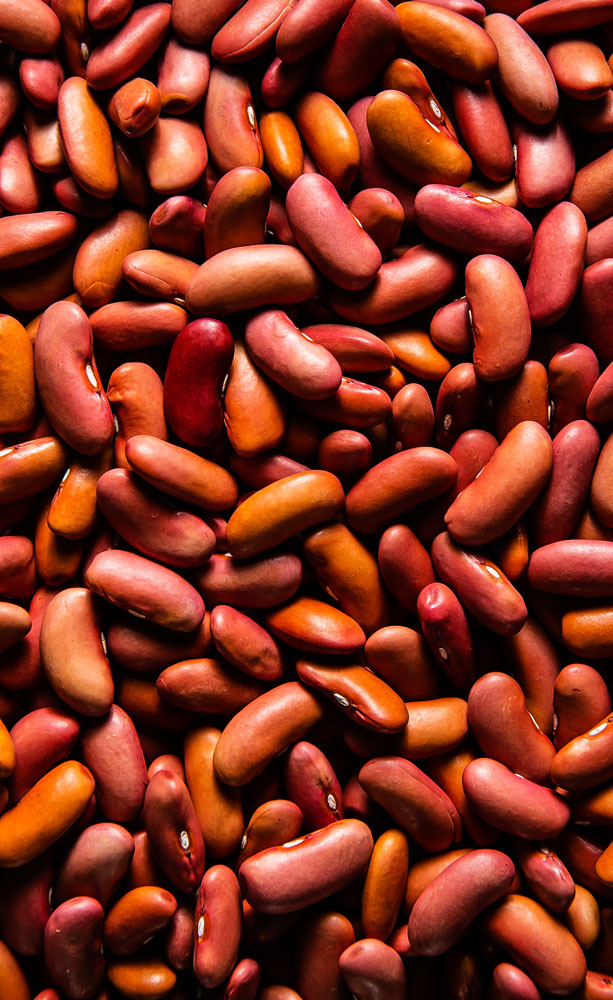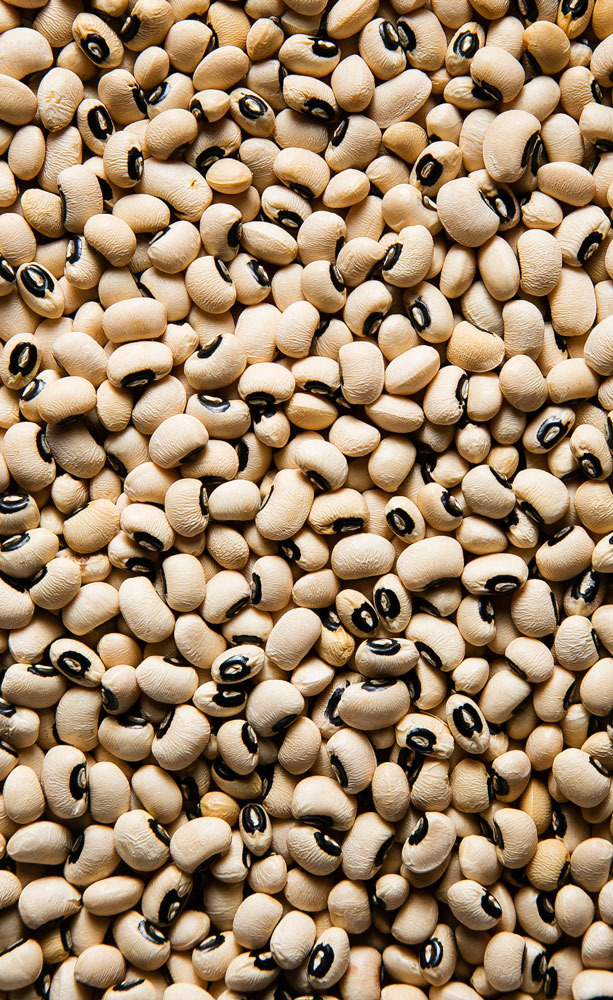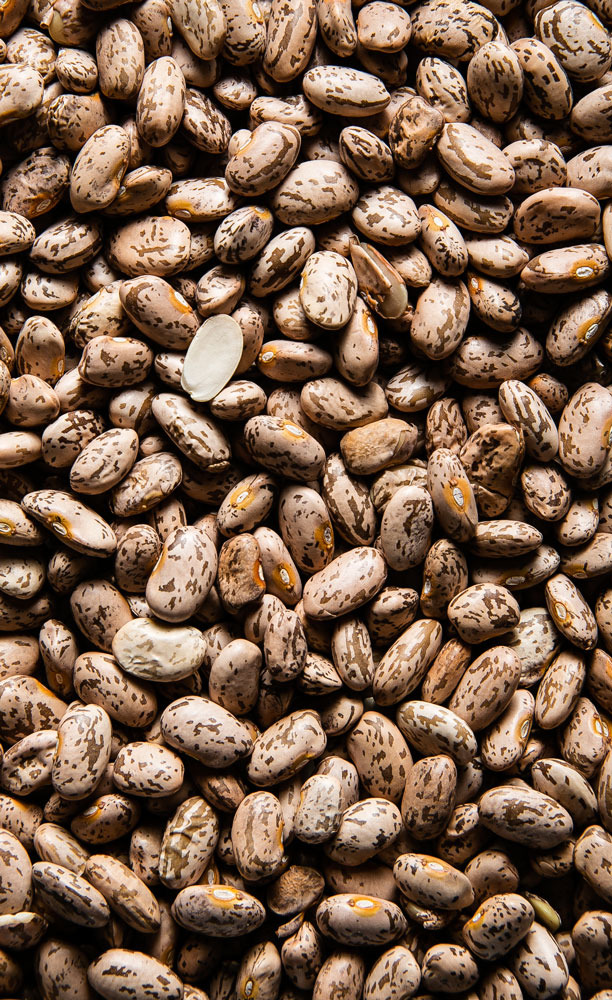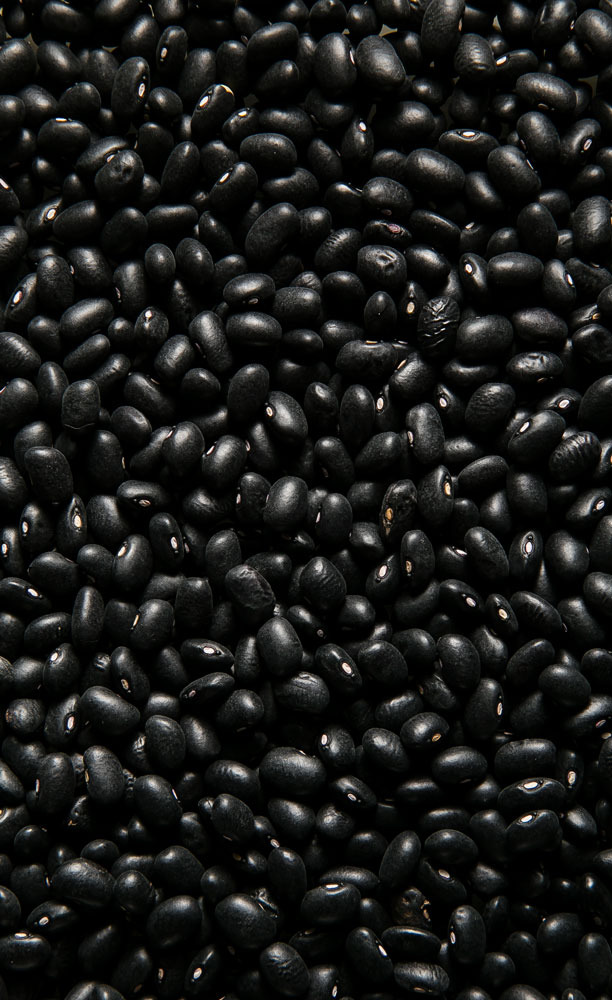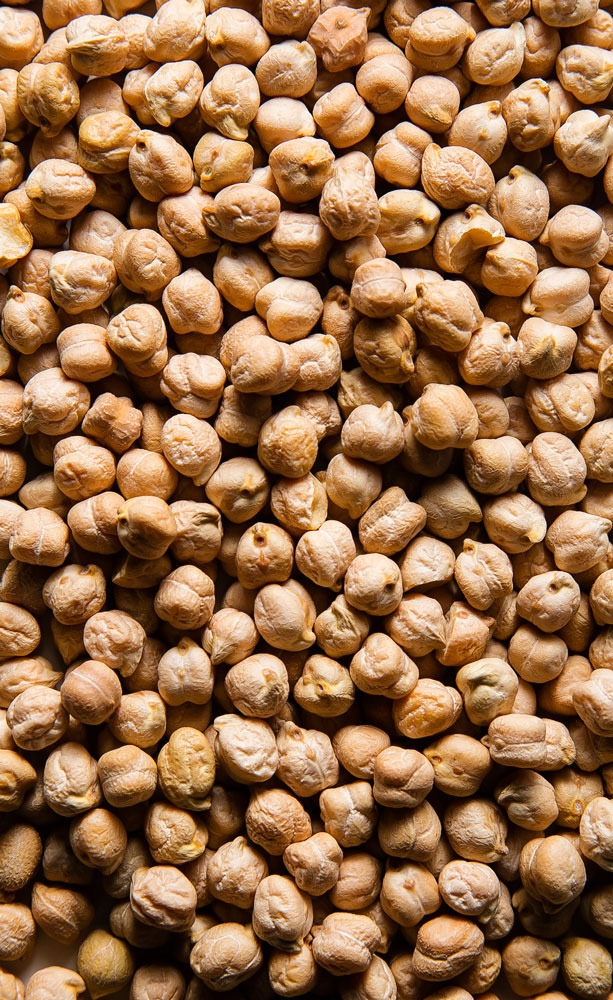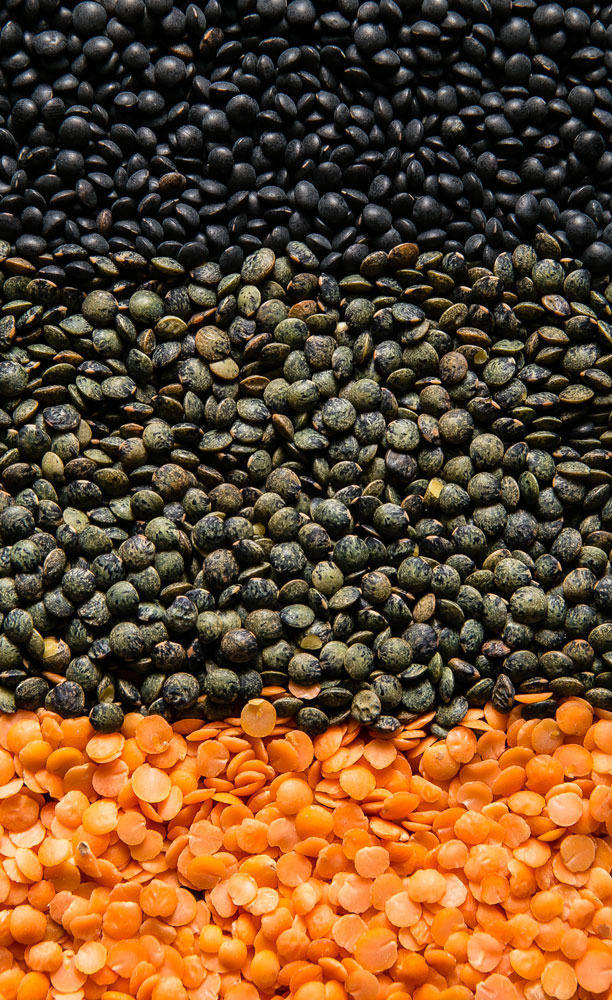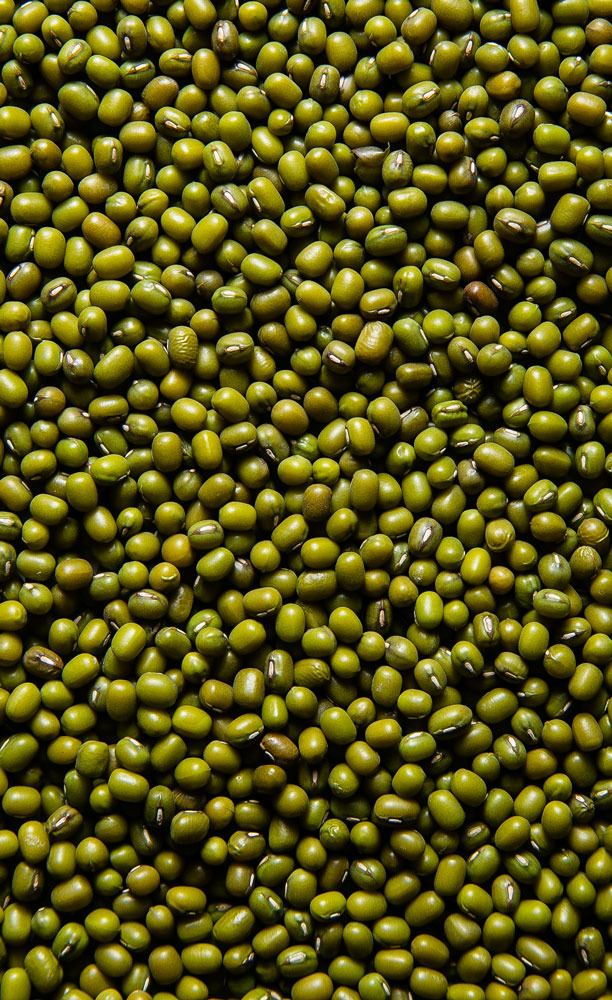How To Cook Dried Beans And Dried Legumes - Breakfast Dal Recipe
The time to feast on dried legumes is now
Moment of real talk: Not much at the market is beckoning to us right now. (Sorry, 'taters.)
So we're turning to the pantry for inspiration, pulling out bags of dried legumes and letting them shine at the center of our table.
First, a bit of legume legwork: the difference between legumes and beans. Remember how your geometry teacher said that all squares are rectangles, but not all rectangles are squares? Well, all beans are legumes, but not all legumes are beans. The legume family also includes lentils, peanuts, peas and tamarind, among other edible seeds and flowers.
Butter beans:
These large, cream-colored beans are perfect in a tomatoey stew. They are also a popular addition in certain Spanish dishes, such as paella, and are used to make Shiro-koshi-an, the white variety of anko (sweet bean paste). We've also been known to make them into a silky chilled soup.
Cannellini beans:
One of the most versatile beans, the cannellini, aka the white kidney, is thin skinned and becomes very creamy (almost fluffy!) in texture when cooked, while maintaining a very mild flavor. Cook them with a lot of aromatics and top with toasted bread crumbs, crushed red pepper flakes and a good glug of olive oil, or try them in this simple "beans and greens" sauté.
Red kidney beans:
These beans are popular in the southern states, specifically Louisiana, where the classic Creole dish of red beans and rice originated.
Black-eyed peas:
One of the smaller bean varieties, these legumes are popular in the Southern U.S. and are said to bring prosperity when eaten on New Year's Day. They're essential in dishes like Hoppin' John and Texas Caviar but can also be slowly cooked with a bit of pork (we like bacon or ham hock), onions and vinegar.
Pinto beans:
These rich, hearty beans are recognizable by their splattered burgundy hues against the beige background. They're one of our favorite beans to add to chili, but we also like them slow-cooked and topped with crumbled corn bread.
Black beans:
The go-to bean to add to salads, Mexican dishes and to turn into creamy dips. These medium-size beans retain their shape when cooked and have a dense, meaty texture. Simmer them, then save the dark cooking liquid and add ground cumin and coriander for a quick, fragrant soup. We've even been known to blend them up for breakfast.
Chickpeas:
Also known as garbanzo beans, these round little guys are the global ambassadors of legumes. Beloved around the world, they can be added to soups and stews and pastas, and can be fried, roasted or puréed into hummus. The darker small-skinned and lighter larger-skinned varieties are popular in Indian cuisine, as is the chana dal, the small, split variety.
Beluga/French/Masoor:
These legumes usually take less time to cook, as they're on the smaller size. Beluga lentils (black lentils) are so named after their resemblance to caviar. The tiny French lentils are smaller than their brown counterparts and keep their shape when cooked. Masoor dal are split red lentils that are used in soups and stews, and in our spiced dal breakfast bowl.
Mung beans:
These beans are native to India and are used in Indian and East Asian cuisines, in both savory and sweet preparations. The ones with a green skin have a slightly grassy flavor, while the skinless ones are sweet and nutty.
As to why we're cooking with them now (and you should, too): The beauty of dried legumes is that they're cheap, easy to store, endlessly available (see the slideshow for some of our favorite types)—and they soak up other flavors like a sponge. Throw a bunch in a pot with some aromatics, let 'em steep and serve them with a fried egg or some crusty bread. Boom, dinner is done.
Though some (cannellini, pinto and red kidney beans) do require the extra step of overnight soaking, others, like French or caviar-esque beluga lentils, are small enough that they don't. That's why they're perfect for cozy, mid-winter dishes like our dal breakfast bowl (see the recipe), which revolves around nutty masoor dal slow-cooked with warm spices like turmeric, cumin and coriander until they're creamy. They're the base for soft-scrambled eggs, a bit of rice, lemony yogurt and crisp pickled daikon—basically, exactly what you'd want to eat on a lazy Sunday morning.
This dish has dal the right moves.

